Yes, we have 56 different 3-day Ireland itinerary guides for you to choose from…
Why 56 you ask?!
The reason for this is that we’ve covered every (we hope…) possible want or need you could have.
Each of our 3-day guides:
- Has been meticulously planned
- Follows logical routes we’re confident you’ll love
- Has a detailed hour-by-hour itinerary
- Makes planning a trip to Ireland easy
In the guide below, you can pick a 3-day Ireland itinerary based on:
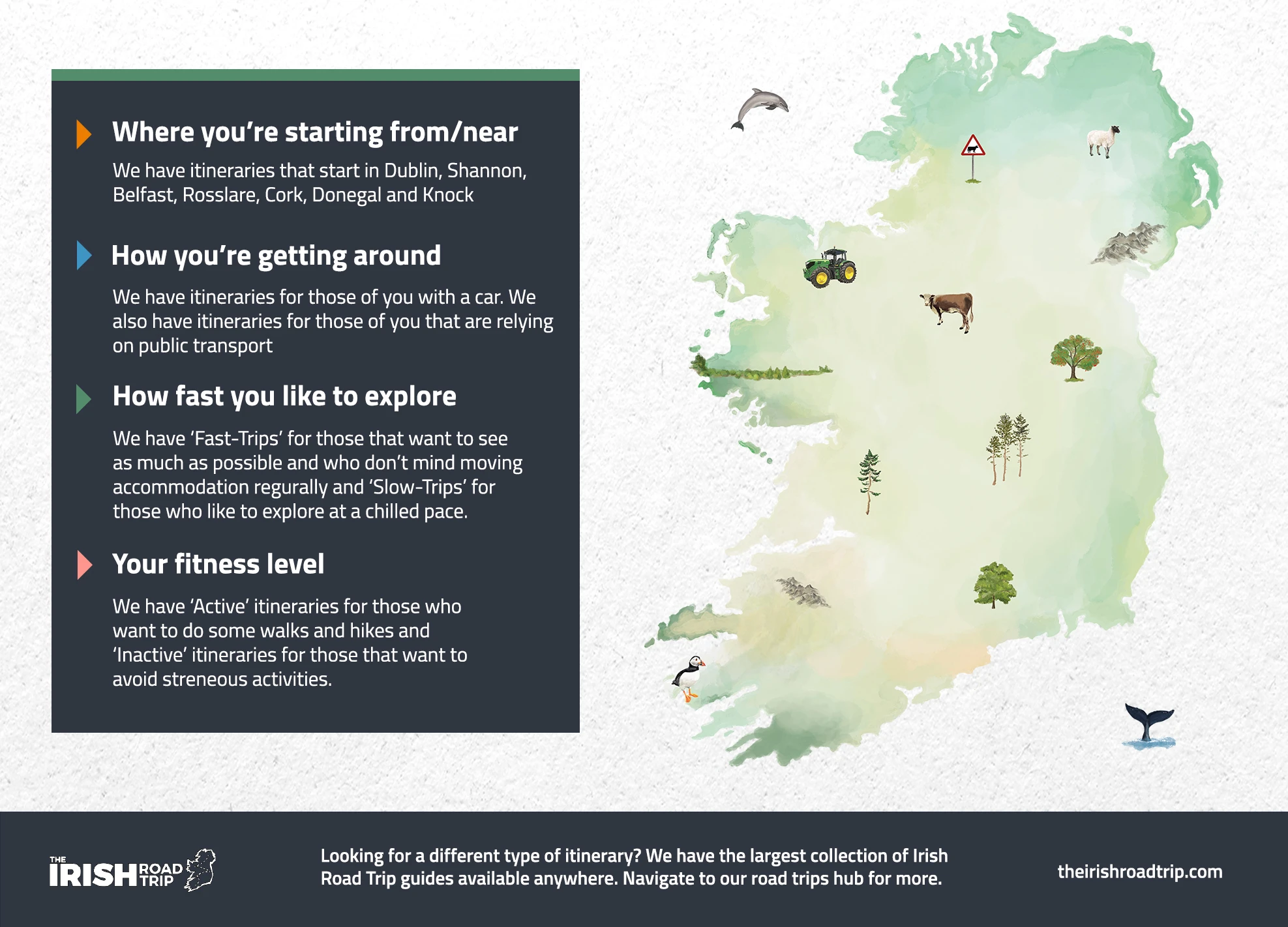
Please take 15 seconds to read the graphic above as it’ll help you pick the most suitable Ireland itinerary down below!
As you can see, we have 3 days Ireland itinerary guides that cover every angle we could think of.
All you need to do to find your perfect itinerary is read the section below carefully.
How to browse our Ireland in 3 days itineraries
The handiest way to browse our itineraries is to select, from the list below, where you’re starting your road trip from/near.
We’ve used the main entry points to Ireland for those of you flying in or arriving by ferry.
Simply click one of the start points below and you’ll be taken to 3 days in Ireland itineraries that start at that location:
3 days in Ireland from Dublin
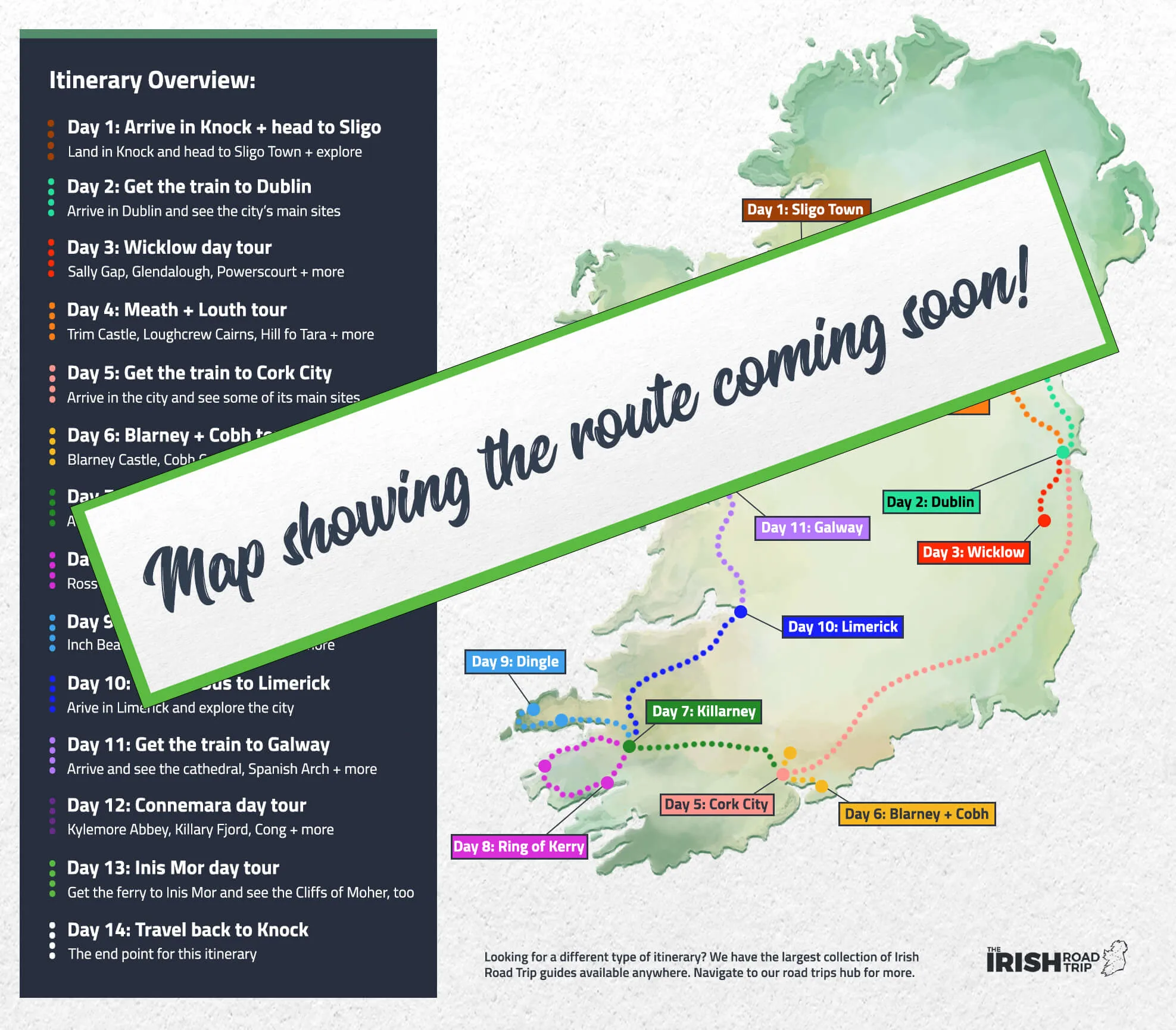
If you’re looking to explore Ireland in 3 days and you’re starting from County Dublin, this section is for you.
There are two sections below, split depending on how you plan on getting around Ireland.
As we explained in this graphic, ‘Fast Trips’ are for those of you looking to see/do as much as possible and who don’t mind moving hotel regularly and ‘Slow Trips’ are ones where you’ll move accommodation as little as possible.
For those of you with a car
- A 3-day slow trip for those with good fitness
- A 3-day slow trip for those with low fitness
- A 3-day fast trip for those with good fitness
- A 3-day fast trip for those with low fitness
For those of you using public transport
- A 3-day slow trip for those with good fitness
- A 3-day slow trip for those with low fitness
- A 3-day fast trip for those with good fitness
- A 3-day fast trip for those with low fitness
An overview of the route from Dublin
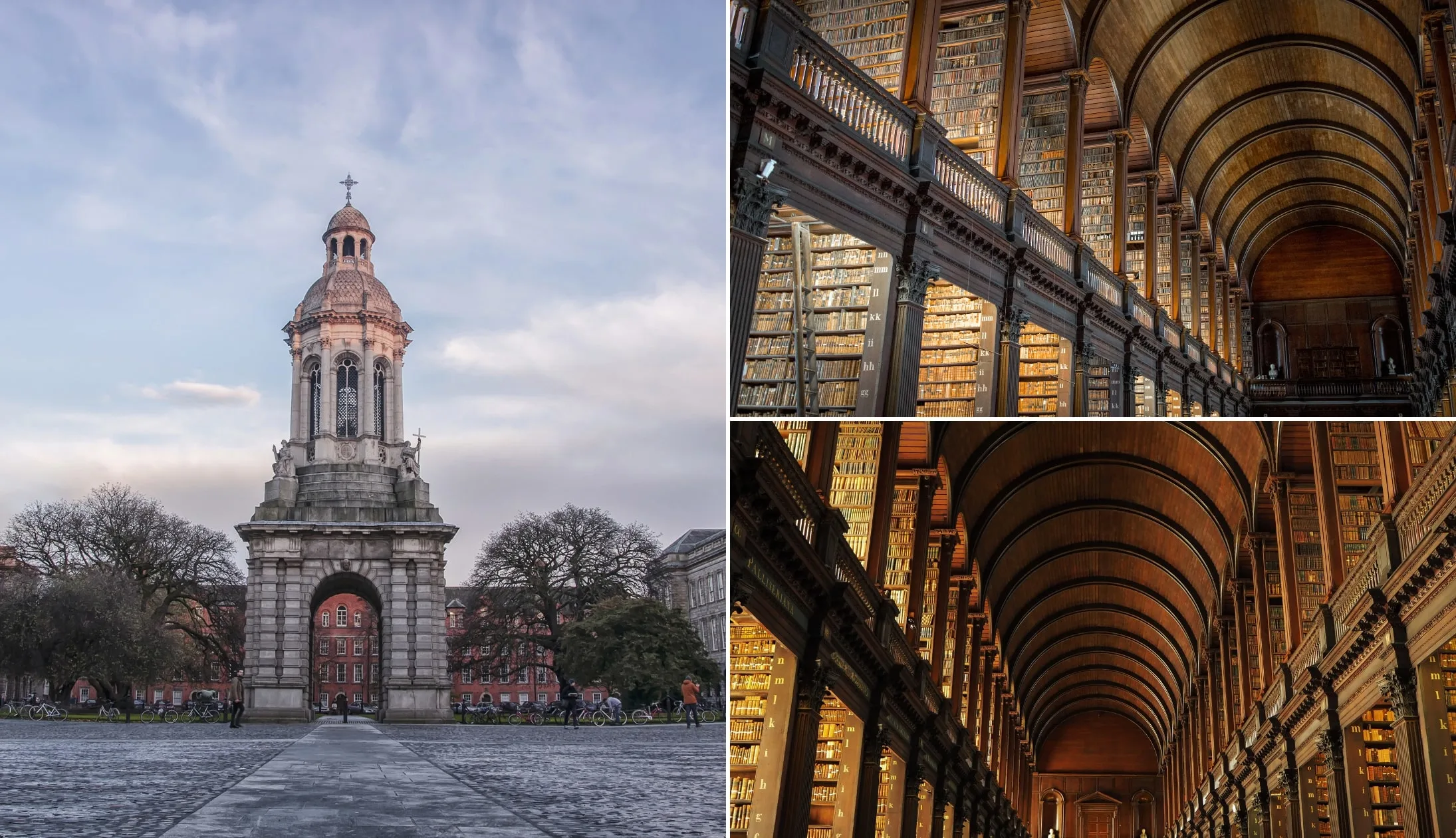
Photos via Shutterstock
If you’re starting your 3-day Ireland itinerary in Dublin, the route above is hard to beat.
Although it varies slightly depending on how you’re getting around Ireland, both the car rental and the public transport itineraries take in many of Ireland’s top sights.
Over the course of your 3 days in Ireland you’ll:
- Explore the many things to do in Dublin
- Explore the Clare Coast, including Doolin and the Cliffs of Moher
- Take a day trip to Wicklow, Meath and Louth
- See Galway City, Connemara and Cong
- Tackle the Ring of Kerry Drive, explore the Dingle Peninsula and see a chunk of West Cork
3 days in Ireland from Shannon

If you’re looking for a 3-day Ireland itinerary that kicks-off in Shannon, this section should tickle your fancy.
We’ve split up the different itineraries to ones for those of you using a car and ones for those of you that aren’t.
As we mentioned in this graphic, our fast 3 days in Ireland itineraries are for those of you looking to explore as much as possible and who don’t mind moving about a lot.
Our slow itineraries are ones where you’ll move accommodation as little as is physically possible.
For those of you with a car
- A 3-day slow trip for those with good fitness
- A 3-day slow trip for those with low fitness
- A 3-day fast trip for those with good fitness
- A 3-day fast trip for those with low fitness
For those of you using public transport
- A 3-day slow trip for those with good fitness
- A 3-day slow trip for those with low fitness
- A 3-day fast trip for those with good fitness
- A 3-day fast trip for those with low fitness
An overview of the route from Shannon
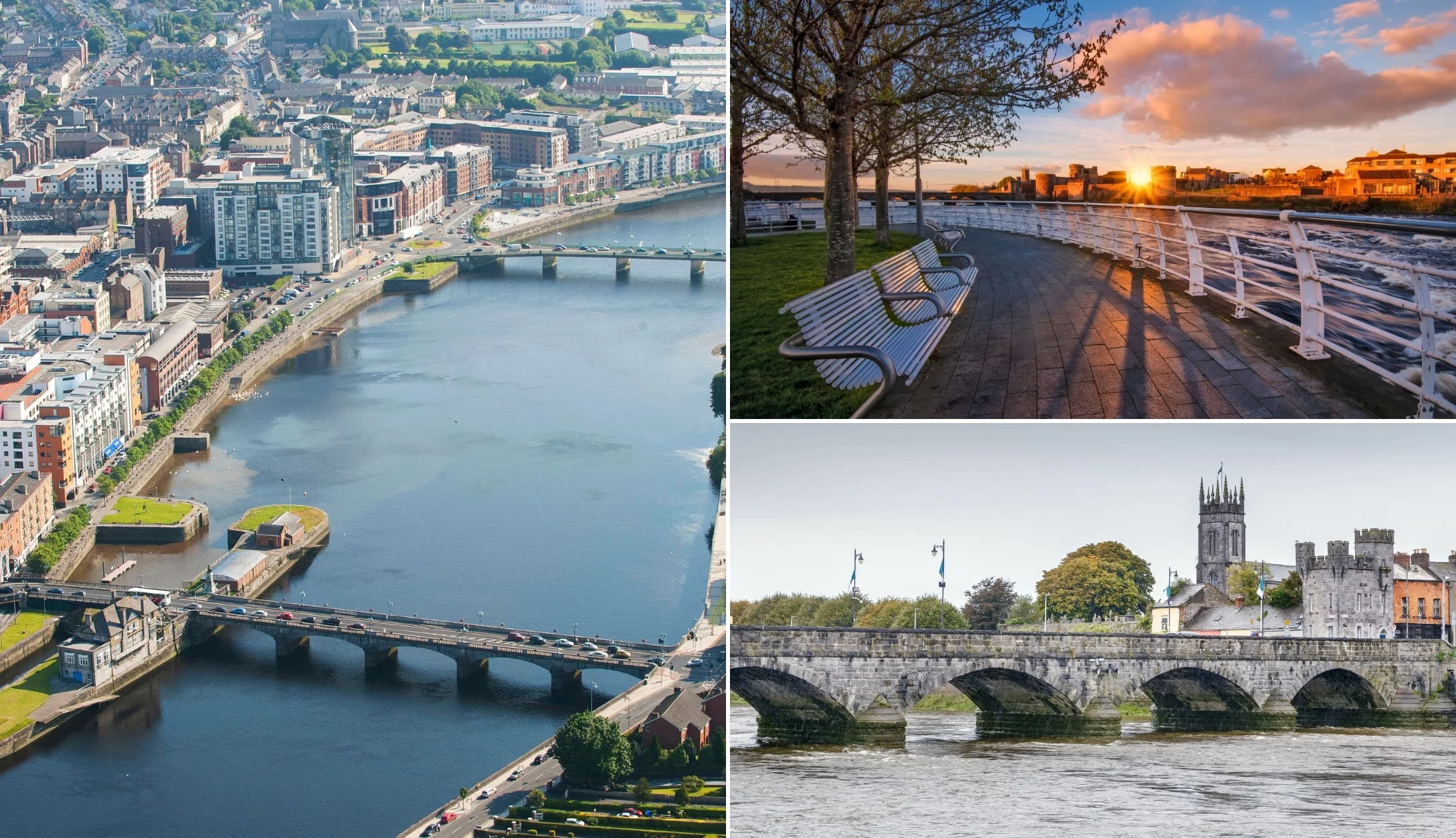
Photos via Shutterstock
A lot of people start their 3-day Ireland itinerary from Shannon due to the convenience of flying into Shannon Airport.
One of the benefits of starting from here is that you’re kicking off your 3 days in Ireland a stone’s throw from some of the country’s most popular attractions.
If you follow our route from Shannon, you’ll:
- Explore Connemara National Park
- See the mighty Inis Mor Island
- Visit Bunratty Castle before heading into the ancient Limerick City
- See Killarney National Park and it’s many attractions
- Visit Blarney Castle and tackle the many things to do in Cobh
Ireland itinerary 3 days from Belfast

Another great way to tackle Ireland in 3 days is to fly/get the ferry into Belfast and take it from there.
Belfast is a great starting point for a road trip as you can explore the Antrim Coast before continuing on to Derry and Donegal.
Like we explain in this graphic, we split up our itineraries below into two sections – 1 section is for those using a car and the other is for those that aren’t.
For those of you with a car
- A 3-day slow trip for those with good fitness
- A 3-day slow trip for those with low fitness
- A 3-day fast trip for those with good fitness
- A 3-day fast trip for those with low fitness
For those of you using public transport
- A 3-day slow trip for those with good fitness
- A 3-day slow trip for those with low fitness
- A 3-day fast trip for those with good fitness
- A 3-day fast trip for those with low fitness
An overview of the route from Belfast
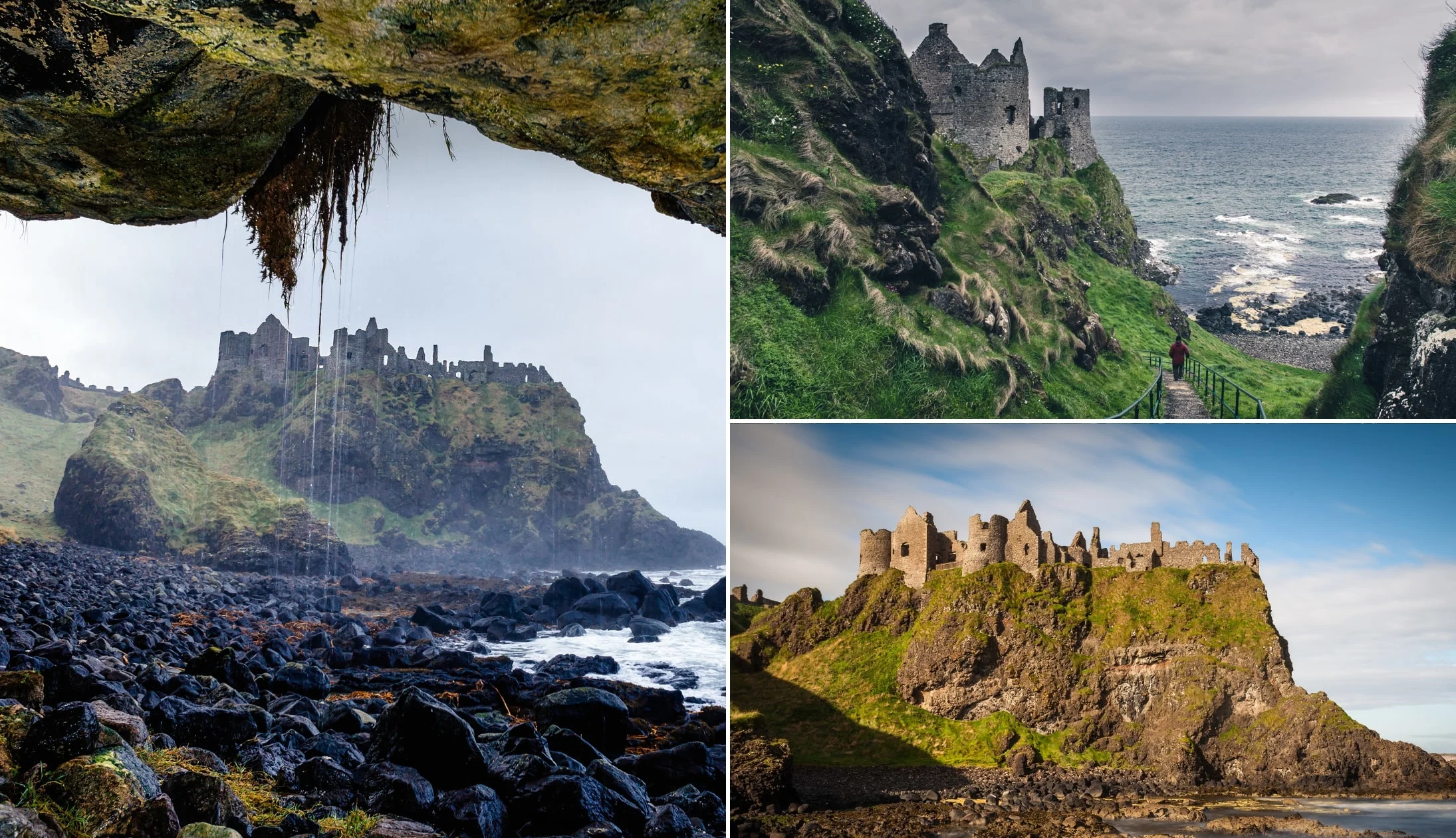
Photos via Shutterstock
This 3-day Ireland itinerary is one of my favourites in this guide as it takes in some of the most scenic parts of the country.
You’ll kick things off by spinning along the Antrim Coast, with a whole host of stops to choose from along the way.
If you follow our route from Belfast, you’ll:
- Explore the Causeway Coastal Route
- Tackle some of the best things to do in Belfast
- See the best of the Boyne Valley
- Spin around a good chunk of the Wild Atlantic Way
3 days in Ireland from Rosslare

If you’re spending 3 days in Ireland and you’re arriving into the ferry terminal at Rosslare, we’ve plenty of itineraries ready for you.
Now, as was the case with the ones above, we’ve split them into 2; 1 section is for those of you with a car and another for those of you using public transport.
If you’re wondering what ‘Fast Trips’ and ‘Slow Trips’ are, refer to this graphic at the top of the guide.
For those of you with a car
- A 3-day slow trip for those with good fitness
- A 3-day slow trip for those with low fitness
- A 3-day fast trip for those with good fitness
- A 3-day fast trip for those with low fitness
For those of you using public transport
- A 3-day slow trip for those with good fitness
- A 3-day slow trip for those with low fitness
- A 3-day fast trip for those with good fitness
- A 3-day fast trip for those with low fitness
An overview of the route from Wexford
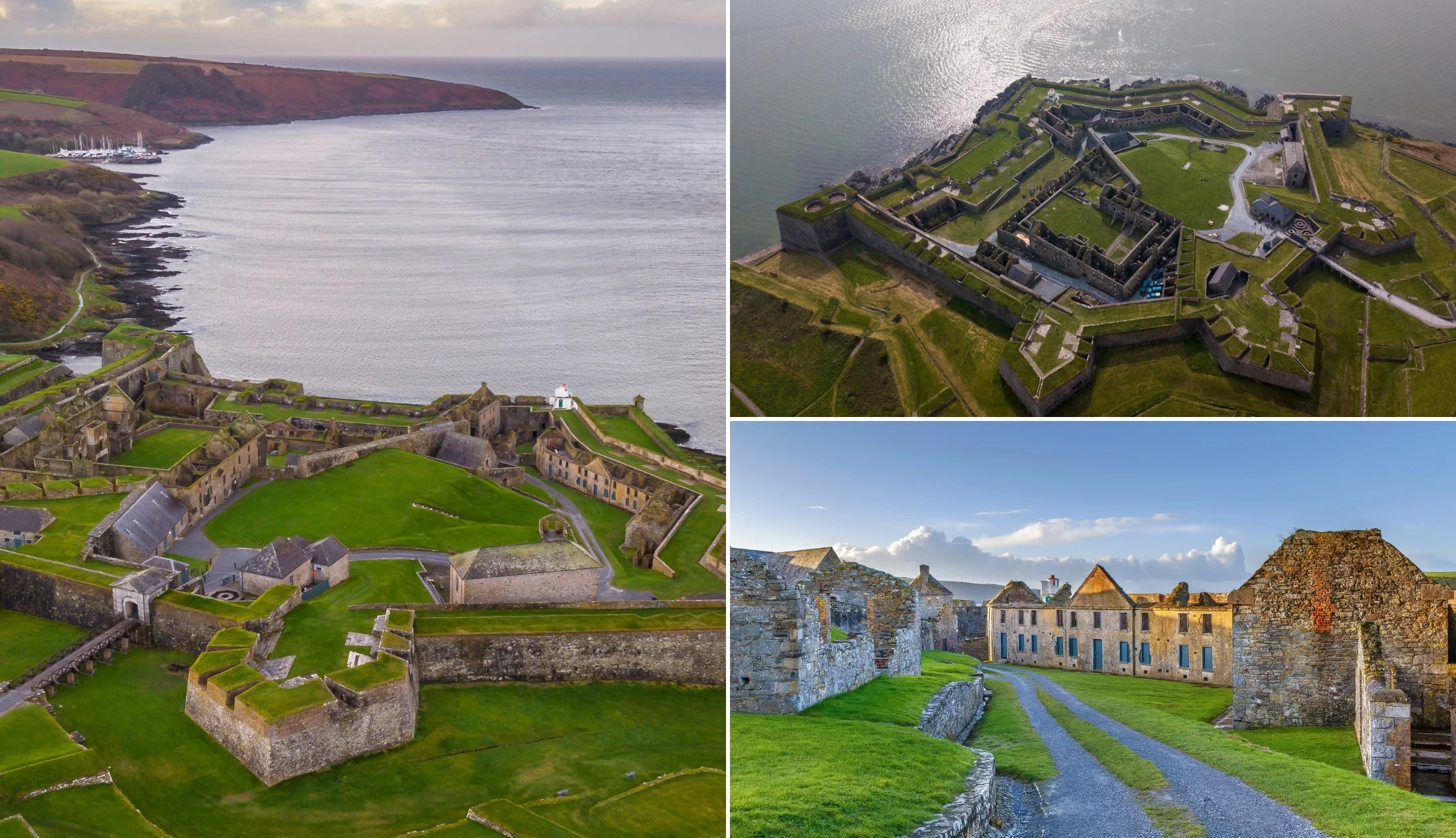
Photos via Shutterstock
Now, this 3-day Ireland itinerary varies a lot depending on whether or not you’re getting around in a car.
The public transport around some of the more remote parts of Wexford, in particular, are what causes there to be such a contrast in the different itineraries.
If you follow our route from Wexford, you’ll:
- See the glorious Hook Peninsula
- Ramble around the town of Kinsale
- Tackle some of the best things to do in Killarney
- Explore the mighty Dingle Peninsula
3 days in Ireland from Cork

Our 3-day Ireland itinerary guides that kick off in Cork take in some of the best that Ireland has to offer.
You can choose (or opt out of) some magnificent walking trails, soak up spectacular scenery and step back in time at heritage sites.
These are some of our more popular 3 days in Ireland itineraries. As usual, we’ve split them up for those of you with a car and for those of you without one.
For those of you with a car
- A 3-day slow trip for those with good fitness
- A 3-day slow trip for those with low fitness
- A 3-day fast trip for those with good fitness
- A 3-day fast trip for those with low fitness
For those of you using public transport
- A 3-day slow trip for those with good fitness
- A 3-day slow trip for those with low fitness
- A 3-day fast trip for those with good fitness
- A 3-day fast trip for those with low fitness
An overview of the route from Cork
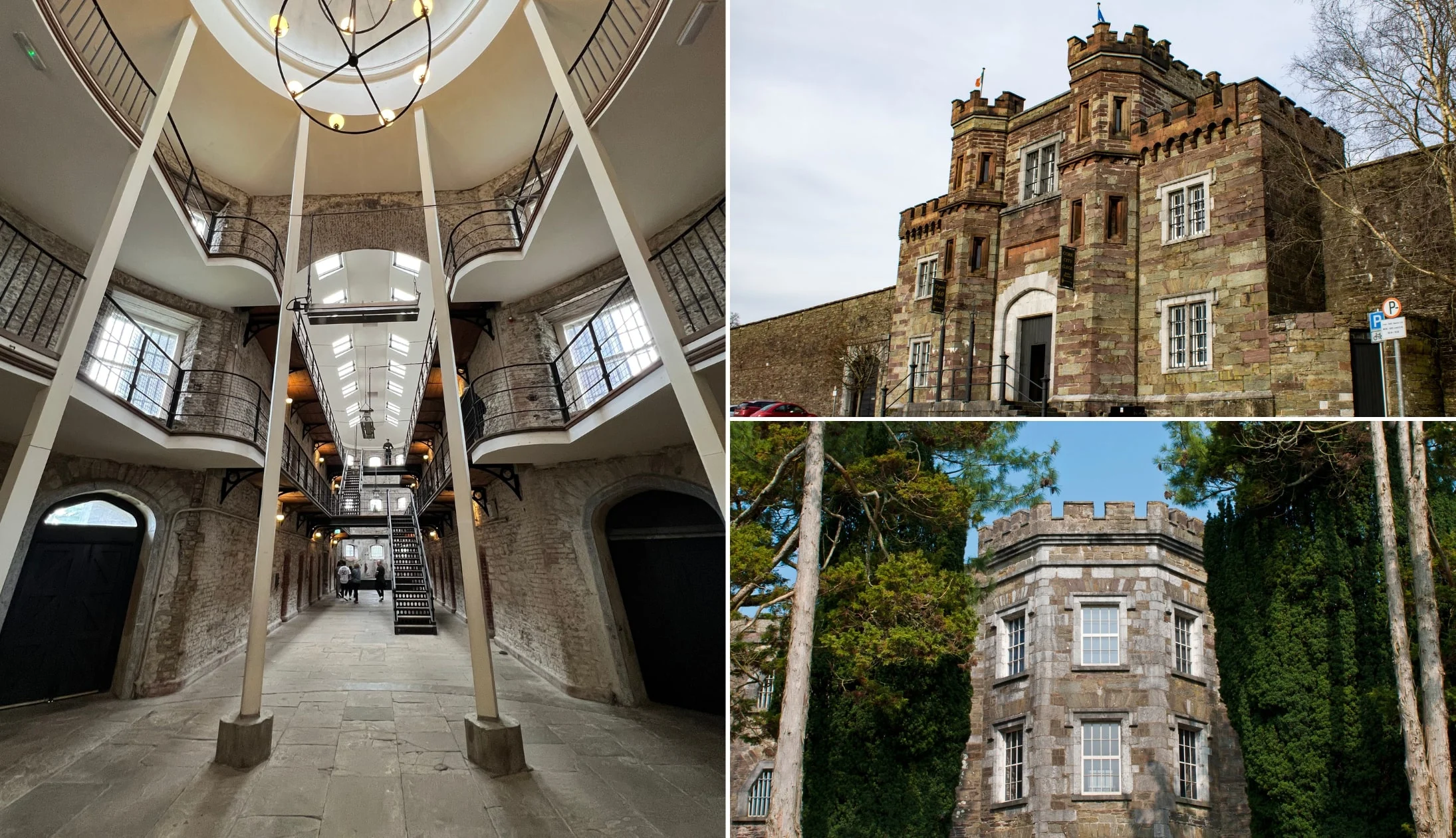
Photo left: The Irish Road Trip. Others: Shutterstock
Cork is a great starting point for a road trip. At the start of the trip, you can spend a bit of time in the city before moving into the wilds of West Cork.
Our itineraries from Cork then take you around the coast, into Kerry and up towards Limerick before heading to Dublin and back to Cork.
If you follow our route from Cork, you’ll see:
- The beautiful Beara Peninsula
- Wild West Cork
- The Ring of Kerry
- A chunk of Limerick, Tipperary and Clare
Ireland in 3 days from Knock

Although there likely won’t be a huge number of people looking for a 3-day Ireland itinerary that starts in Knock, we felt it important to include it as a start-point.
I can safely say that the public transport road trips from Knock were very tricky to research and map out. However, it was worth it.
Below, you can pick 3 days in Ireland itinerary kicking off in Mayo based on trip speed, your fitness and how you’ll get around (we explain how to browse the itineraries in this graphic).
For those of you with a car
- A 3-day slow trip for those with good fitness
- A 3-day slow trip for those with low fitness
- A 3-day fast trip for those with good fitness
- A 3-day fast trip for those with low fitness
For those of you using public transport
- A 3-day slow trip for those with good fitness
- A 3-day slow trip for those with low fitness
- A 3-day fast trip for those with good fitness
- A 3-day fast trip for those with low fitness
An overview of the route from Knock
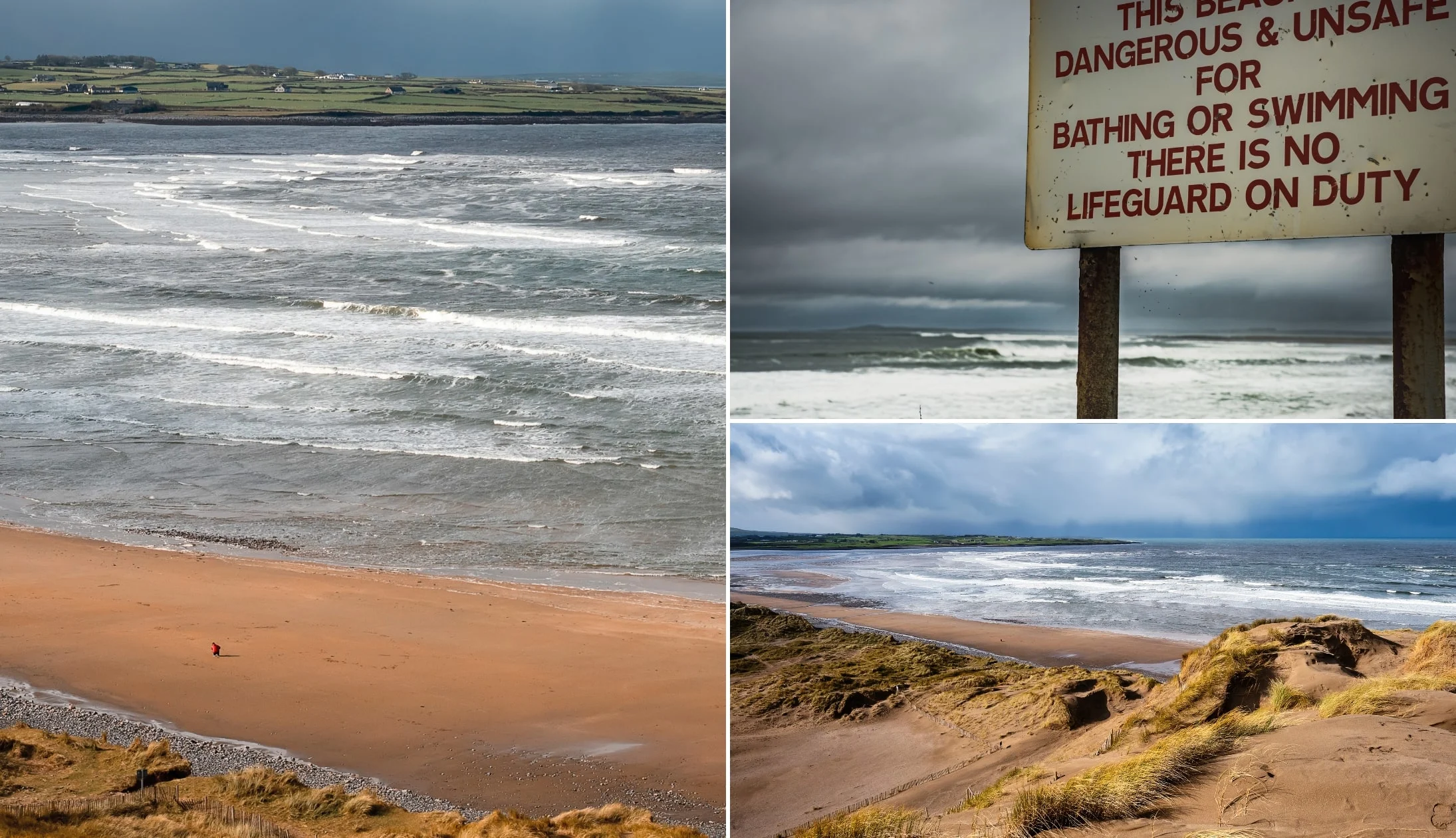
Photos via Shutterstock
If your 3-day Ireland itinerary kicks-off in Knock, you’re in luck – Mayo is home to an endless number of adventure opportunities.
Now, the public transport itineraries vs the car itineraries vary a fair bit due to the lack of buses and trains in places, but both versions pack a punch.
If you follow our route from Knock, you’ll:
- Explore Achill Island
- Tackle some of the best things to do in Galway
- See some of the finest beaches in Ireland
- Spend time in Sligo and plenty more
3 days in Ireland from Donegal

The last of our 3-day Ireland itinerary guides kicks off in Donegal.
This was by far the hardest one to map out for public transport and as a result the itineraries vary a lot.
As always, we’ve split the different itineraries up into sections for those of you with a car and for those without.
For those of you with a car
- A 3-day slow trip for those with good fitness
- A 3-day slow trip for those with low fitness
- A 3-day fast trip for those with good fitness
- A 3-day fast trip for those with low fitness
For those of you using public transport
- A 3-day slow trip for those with good fitness
- A 3-day slow trip for those with low fitness
- A 3-day fast trip for those with good fitness
- A 3-day fast trip for those with low fitness
An overview of the route from Donegal
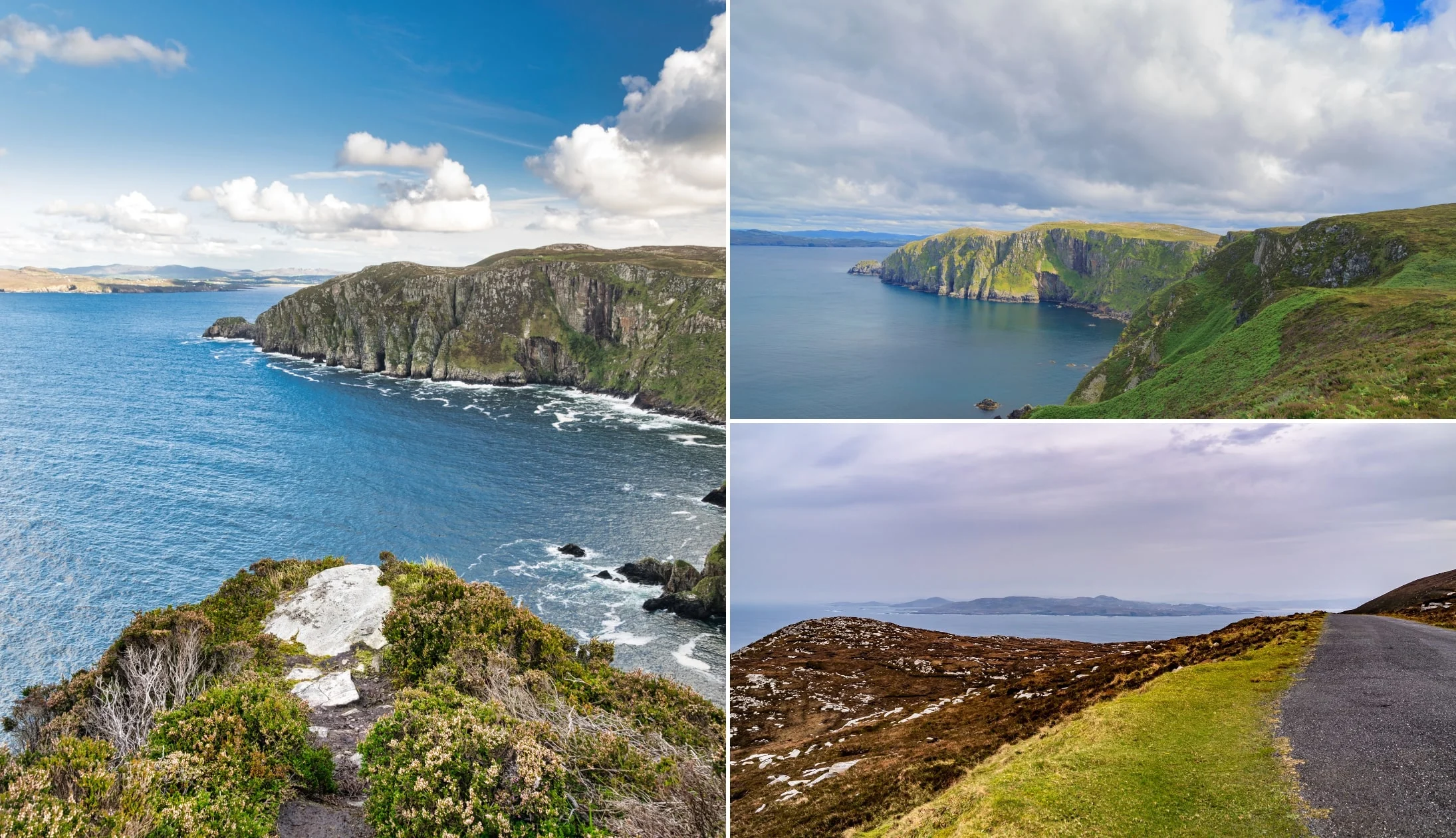
Photos via Shutterstock
The route from Donegal for those of you driving is a peach. You’ll see parts of the county that rarely make it into tourist guidebooks and you’ll see many of Donegal’s historic sites.
You’ll then move into Sligo before heading to Mayo, Galway and beyond. For those of you using public transport, the route is very different due to Donegal’s poor public transport.
If you follow our route from Donegal, you’ll:
- Explore some of the best things to do in Donegal
- Soak up some of Sligo’s finest views
- See the Connemara coast
- Much more
FAQs about exploring Ireland in 3 days
We’ve had a lot of questions over the years asking about everything from ‘Is 3 days in Ireland enough?’ to ‘What route should I follow?’.
In the section below, we’ve popped in the most FAQs that we’ve received. If you have a question that we haven’t tackled, ask away in the comments section below.
Is 3 days in Ireland too long?
No. If anything, it’s no where near enough. Although Ireland is small in comparison to the likes of the US, there’s endless things to see and do scattered right the way across the island. 3 days will only scratch the surface.
What to do in Ireland for 3 days?
This will depend on whether you want a a busy or an easy 3 day Ireland itinerary. You could see a lot of Ireland in 3 days, but you’d be driving constantly. You’re best off following one of our itineraries in this guide.
Where to spend 3 days in Ireland?
Again, this depends on you and what you want to see and do. If you follow our route from Dublin, Belfast or Shannon in this guide, you won’t go wrong.
Keith O’Hara has lived in Ireland for 35 years and has spent most of the last 10 creating what is now The Irish Road Trip guide. Over the years, the website has published thousands of meticulously researched Ireland travel guides, welcoming 30 million+ visitors along the way. In 2022, the Irish Road Trip team published the world’s largest collection of Irish Road Trip itineraries. Keith lives in Dublin with his dog Toby and finds writing in the 3rd person minus craic altogether.

